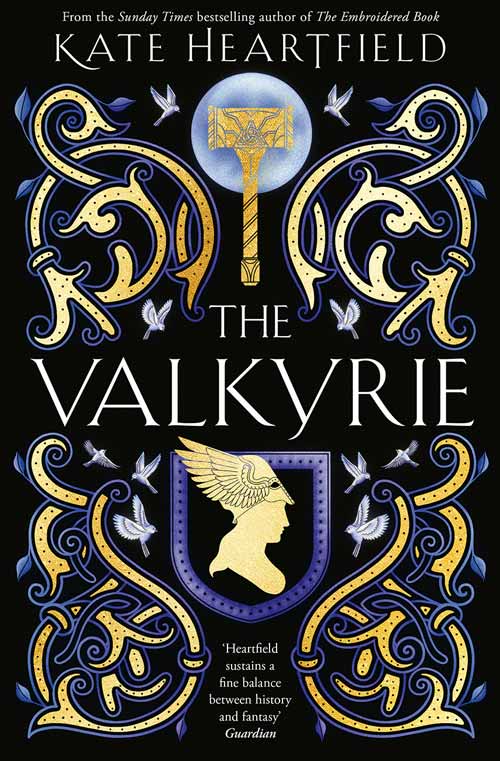Heart of Cruelty: Gothic Secrets in Victorian Birmingham
Birmingham, 1840: Heart of Cruelty opens in a workhouse, where two girls are punished by being made to crush slaughterhouse bones, a scene described neither sentimentally nor with indignation; the tone of this novel is more Wilkie Collins than Dickens.
The narrator is Jane Verity (though with a neat pun on the name; it is not actually hers) a theatre pianist and lawyer’s daughter, reduced to the workhouse after falling pregnant by an actor; her infant dies within days, but Jane is by then indelibly marked out as a fallen woman. Her first-person account is interspersed with letters, inquest and court reports, and the minutiae of an undertaker’s invoice, all of which convince utterly (Wallis, a doctor, has a particularly impressive understanding of Victorian medicine).
Jane is taken from the workhouse to be servant to the remote, troubled coroner William Doughty and his invalid wife, in an echo of Jane Eyre, for of course they fall in love, he probably more than she. Against all the odds William and Jane unmask a horrifying catalogue of abuse and cruelty in the workhouse, giving the story a thoroughly modern resonance – then, as now, the difficulty for victims was being believed, against the word of an apparently upstanding and respected member of the community. This novel is thoroughly researched and vividly written through all the senses, convincingly evoking externally all the sounds, squalor and smells of a Victorian industrial city, and internally the feel and weight of clothing and the shabbiness of unloved rooms. The dénouement satisfies, and the ending is unexpectedly unconventional.










